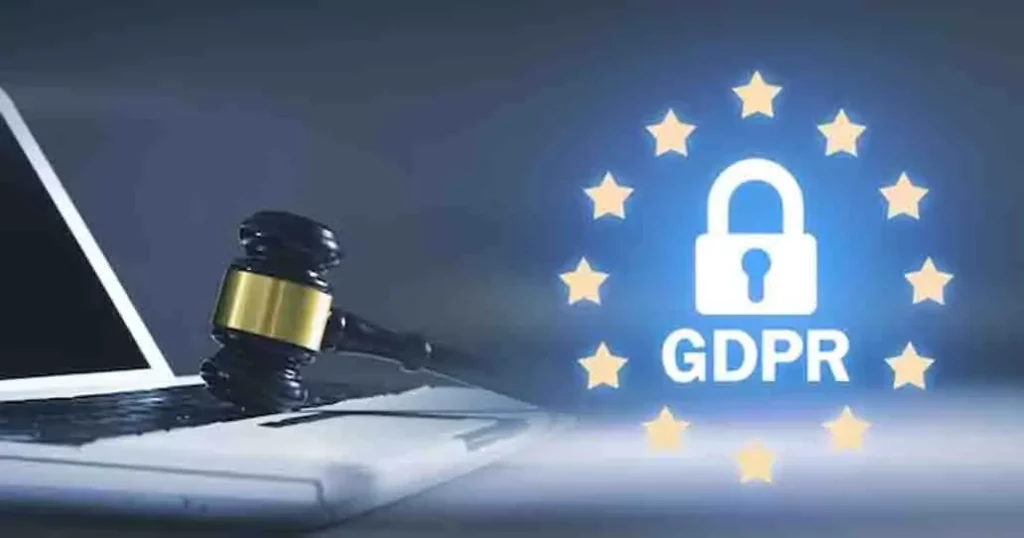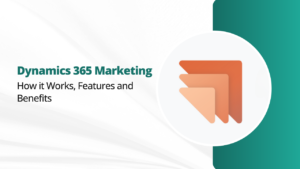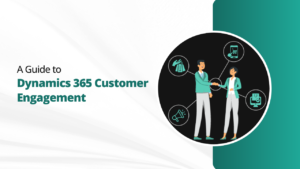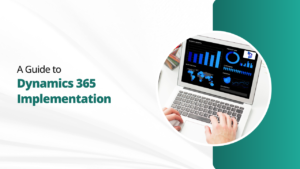In an era where data privacy and protection are extremely important, businesses must ensure that their operations align with strict regulations. One such regulation is the General Data Protection Regulation (GDPR), a comprehensive framework designed to safeguard the personal data of European Union citizens. For organizations utilizing Salesforce for their sales activities, achieving GDPR compliance is not just a legal obligation but a crucial step toward building trust and maintaining a reputable brand image. In this guide, we’ll take you through a step-by-step journey on how to achieve GDPR Salesforce compliance.
Understanding GDPR Salesforce Compliance:
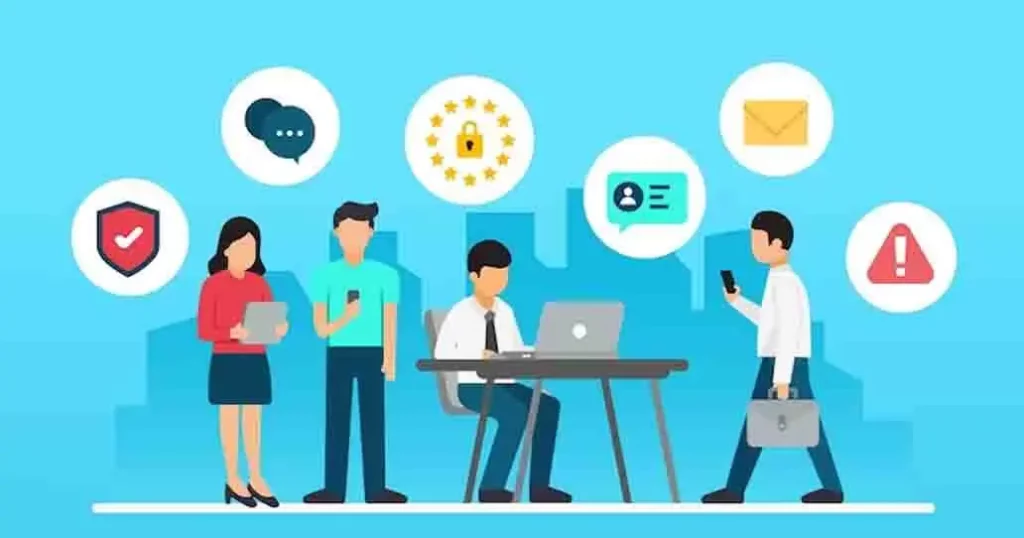
Before delving into the step-by-step process of achieving GDPR salesforce compliance, it’s crucial to grasp the core principles and implications of this regulatory framework. The General Data Protection Regulation (GDPR) was implemented by the European Union to harmonize data protection laws across member states and empower individuals with more control over their data. It applies to any organization that processes the data of EU citizens, regardless of the organization’s physical location.
In the context of Salesforce, achieving GDPR compliance entails aligning your sales activities with the regulation’s requirements to protect the personal data of individuals you interact with. This includes prospects, leads, and customers whose data is stored, processed, or managed within Salesforce. GDPR Salesforce compliance is not only about avoiding hefty fines for non-compliance but also about fostering a culture of respect for individuals’ privacy rights and building trust in your customer relationships.
A Guide to GDPR Salesforce Compliance:
Here is a comprehensive guide to GDPR Salesforce Compliance:
Step 1: Understand the GDPR’s Scope and Impact
Before diving into the specifics, it’s essential to understand the implications of GDPR on your Salesforce activities. Familiarize yourself with key concepts like data subjects, personal data, and the rights individuals have over their data. Recognize the GDPR’s extraterritorial nature, which means that even if your business is located outside the EU, you’re still subject to compliance if you process EU citizens’ data.
Step 2: Data Mapping and Inventory
Audit your Salesforce to identify the types of personal data you collect, store, and process. Create a detailed inventory of data fields, including where the data originates, how it’s used, and who has access to it. This step helps in assessing potential risks and ensuring that you have a clear understanding of the data flows within Salesforce.
Step 3: Update Privacy Policies and Consent Management
Review and revise your privacy policies to align with GDPR’s transparency requirements. Communicate to individuals the purposes for which their data will be used. Implement robust consent management mechanisms within Salesforce, allowing individuals to provide explicit consent and withdraw it at any time.
Step 4: Implement Data Minimization
To achieve GDPR compliance, adopt a “data minimization” approach. Only collect and store the data necessary for your sales processes. Remove or anonymize data that is no longer required. This practice not only enhances compliance but also streamlines your data management practices.
Step 5: Enable Data Subjects’ Rights
Salesforce offers tools to facilitate data subjects’ rights, including the right to access, rectify, and erase their data. Configure your Salesforce instance to ensure that these rights can be easily exerted. It might involve setting up automated processes to handle data subject requests promptly.
Step 6: Enhance Data Security Measures
GDPR compliance requires robust data security measures. Use Salesforce’s built-in security features such as encryption, user authentication, and role-based access control. Regularly monitor access logs and implement measures to prevent unauthorized access or data breaches.
Step 7: Vendor Management
If your Salesforce activities involve third-party vendors or entail data transfers outside the EU, ensure that your vendors also comply with GDPR standards. Implement data transfer mechanisms like Standard Contractual Clauses (SCCs) or utilize vendors with Privacy Shield certification (if applicable).
Step 8: Staff Training and Awareness
Your team plays a crucial role in maintaining GDPR compliance. Provide comprehensive training to employees who handle customer data through Salesforce. Educate them about data protection principles, security practices, and the importance of adhering to GDPR.
Step 9: Regular Audits and Reviews
GDPR compliance is an ongoing commitment. Conduct regular audits and reviews of your Salesforce processes to ensure that they continue to align with the regulation’s requirements. Stay updated with any changes in GDPR or Salesforce functionalities that might impact your compliance efforts.
Conclusion
Achieving GDPR compliance within your Salesforce environment is a multi-faceted journey that demands attention to detail and a commitment to data protection. By following this step-by-step guide, you’ll not only ensure legal compliance but also demonstrate your dedication to respecting individuals’ privacy rights. Remember that GDPR compliance is not a one-time task; it’s an ongoing process that requires vigilance and adaptability as data protection landscapes evolve. By prioritizing GDPR compliance within your Salesforce sales activities, you’re not only safeguarding personal data but also building trust with your customers in an age where data privacy matters more than ever.

